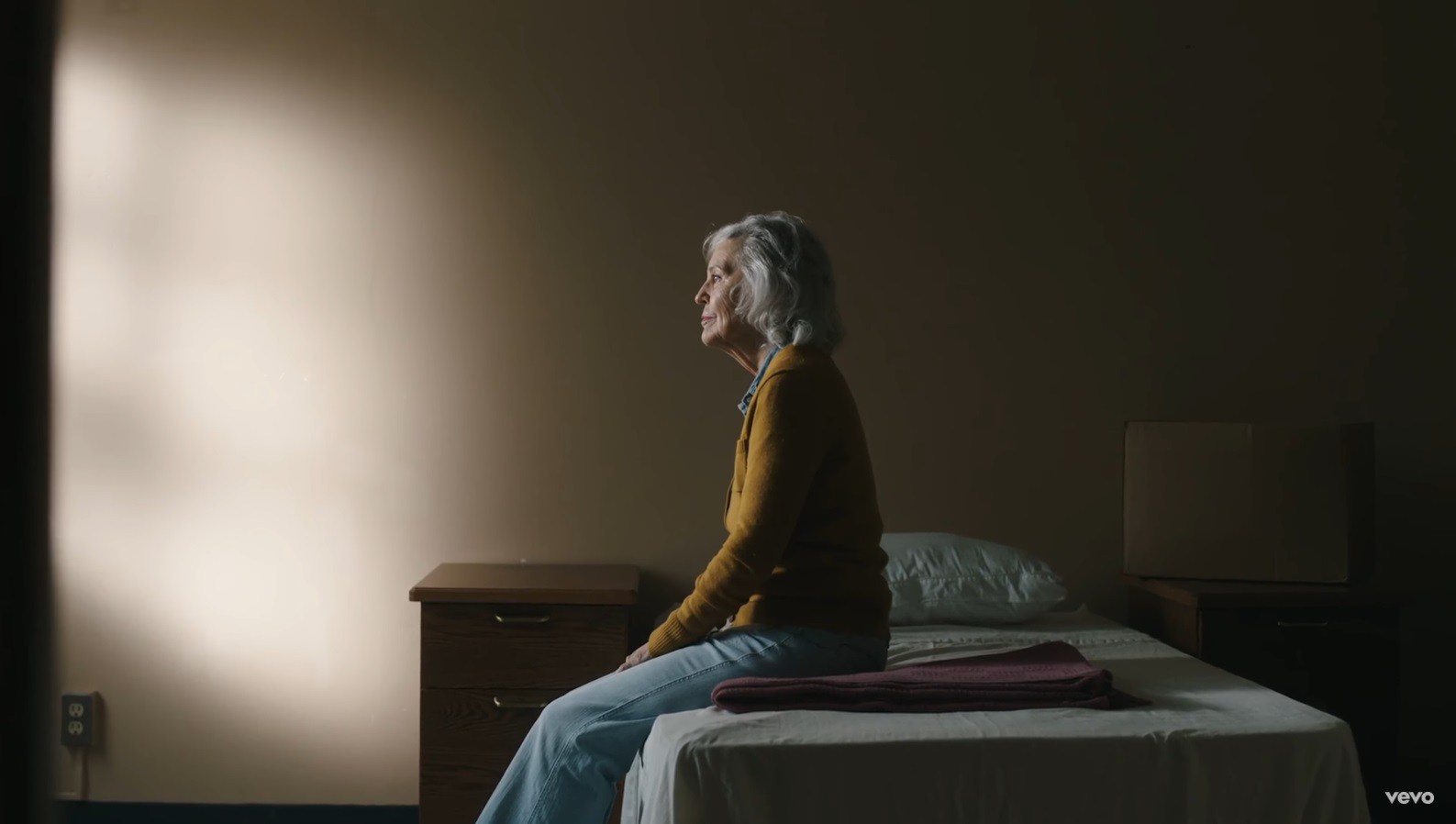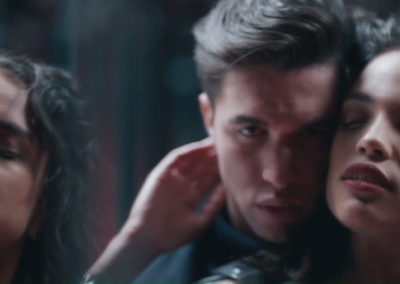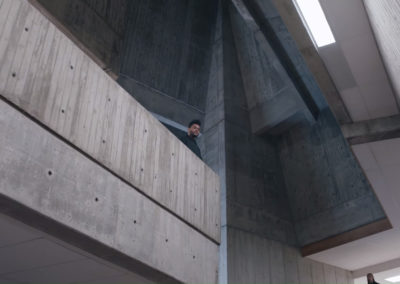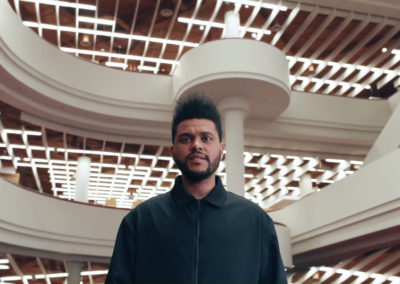The 2017 Chromie Awards
JANUARY, 2017
An often overlooked single off of The Weeknd’s 2016 album “Starboy”, and shadowed by the much more popular title track music video, “Secrets” delivers on so many levels, but most importantly cinematography and color. A methodical and slow burning edit of a video, each shot is held for an almost uncomfortable amount of time, forcing you to soak in the longing stares of lust, desire, and missed opportunities that float just under the surface.
Every BRTHR video should have a title card in the beginning with a warning for epileptics, because their visual and editing style is truly one of a kind. As filmmakers, we all kept wondering how their creative process works. Can you imagine giving notes on a rough cut? There are no ‘revisions’. When you hire BRTHR to make you a video you know what you’re getting yourself into, and when they complete a video they say “here you go”.
Their music video for The Weeknd’s “Party Monster” wins best editing, because we dare you to find a 2017 music video with a crazier edit than this one.
The War On Drug’s music video for “Holding On” takes the viewer/listener into a very real, very visceral world; one that many people end up in at some point in their lives. The video trades large set pieces and artist performance with a small vignette of a man’s life following the death of his wife. The lyrics may initially have invoked feelings of the ending of any relationship, but this video was intended to showcase the nuances in the aftermath of coming to terms with the ending of something beautiful, and showing that life can continue in the wake of major change and sadness.
The lead actor, Frankie Faison, has appeared in countless TV shows and movies, and is considered a well-seasoned actor (and the father of Donald Faison? Turk from SCRUBS? That’s wacky). Brett Haley, the director, was able to pull a convincing and powerful performance from Faison without the aid of compelling dialogue. The intimacies of the performances are only accentuated by the small town America set pieces; an old diner, a beat up pickup truck, a Gazebo on the side of a country road. Faison show’s a remarkable transformation from the uncertainty and fear in the beginning of the story, to a contagious smile in the Polaroid that finds itself nested in the frame of a picture taken many years ago. The juxtaposition showing that life can, indeed, go on.

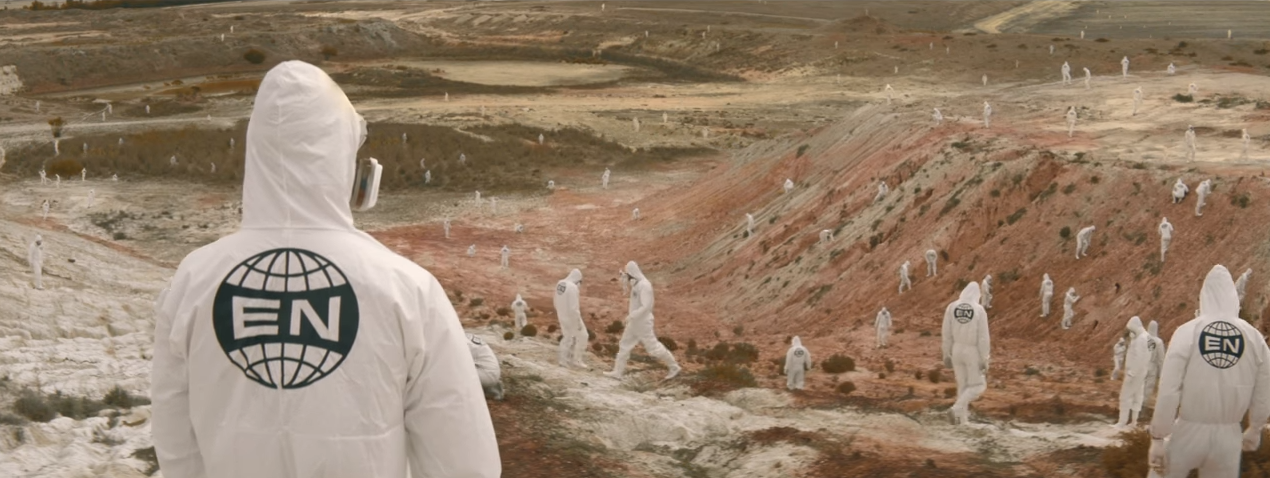

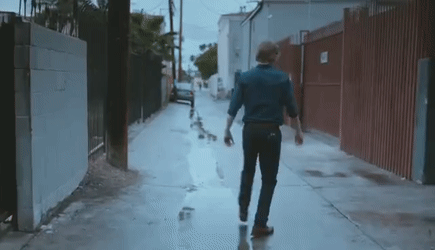
“Cleopatra” begins as a pregnant woman rushes from her motel room. She knocks on the window of cab. The driver, we’ll call Cleopatra beckons her to enter. What follows is a super cut of passengers entering and exiting the back seat as the lyrics describe Cleopatra’s thoughts and feelings about where she’s ended up in life. There is a lot of regret. The lyrics really describe someone who believes they could have been so much more than what they’ve become; someone robbed by circumstance.

“…But I was late for this, late for that, late for the love of my life. And when I die alone, when I die alone, when I die I’ll be on time…”
We love this kind of storytelling. The video reflects the lyrics, yes, but masterfully so; in that they don’t feed you the information through perfectly narrated scenes, but rather a couple of words to cue you into what is going through this characters mind. To us, the filmmaker perfectly captured the reflective inner monologue I’m sure we all experience during such menial tasks as driving. There’s a real understanding of humanity in this video that makes it so relatable.
“Sleep On The Floor” gives us our first true to form flashback, and a more visual representation of Cleopatra’s reflection. We open with a much younger Cleopatra driving again and with the same solemn look. In an instant we go back even farther in time to where her journey really began. She and her boyfriend runaway and embark on an epic road trip wherein we watch the couple jump from house to house and couch to couch.
“…Cause if we don’t leave this town
We might never make it out…”
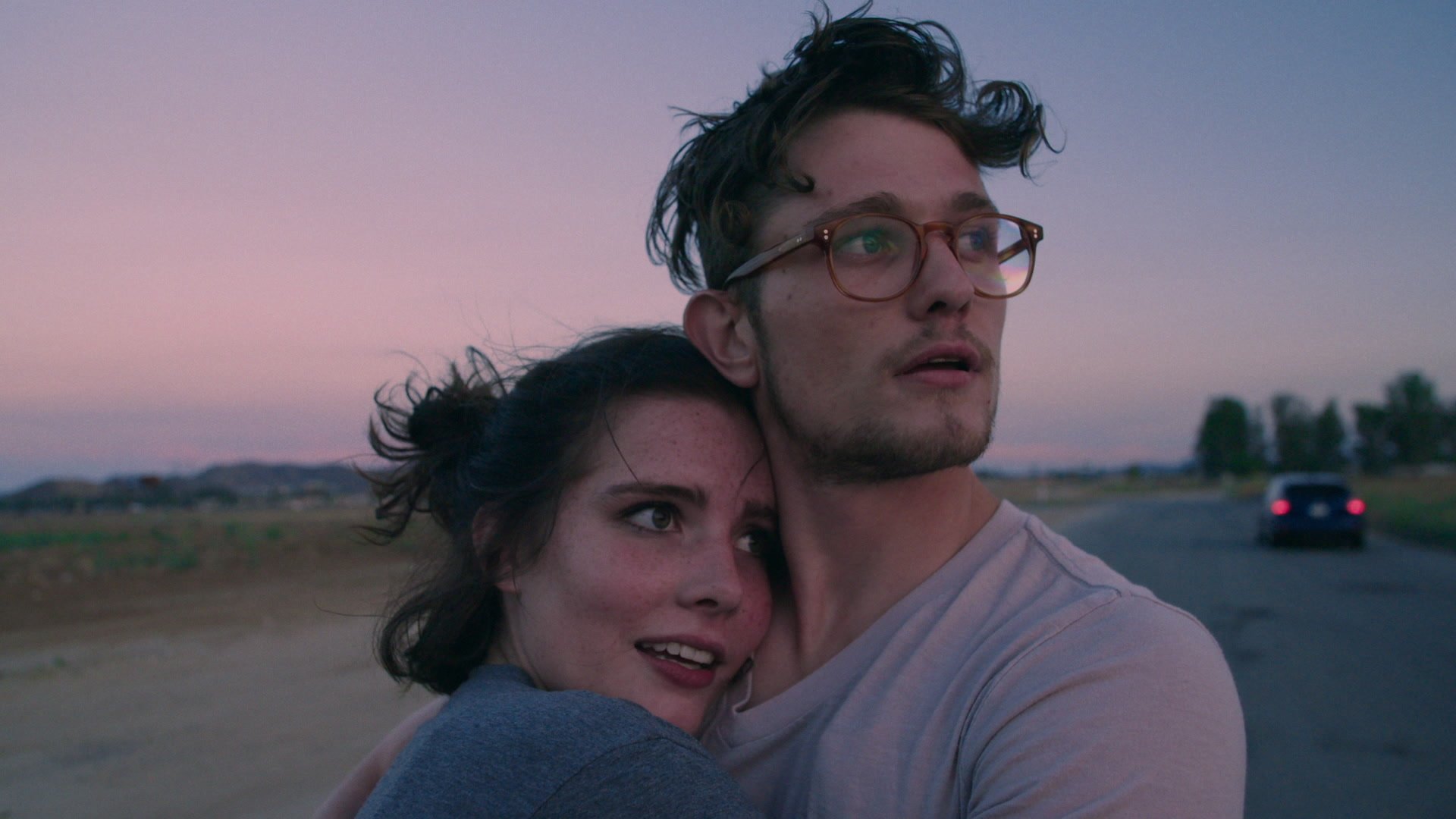
In “Angela”, we rendezvous with a pregnant Cleopatra somewhere in life between young lover and taxi driver. We’re driving solemnly again, but why so much driving? To me, it could be symbolic of the constant forward motion of life. The road… or not.
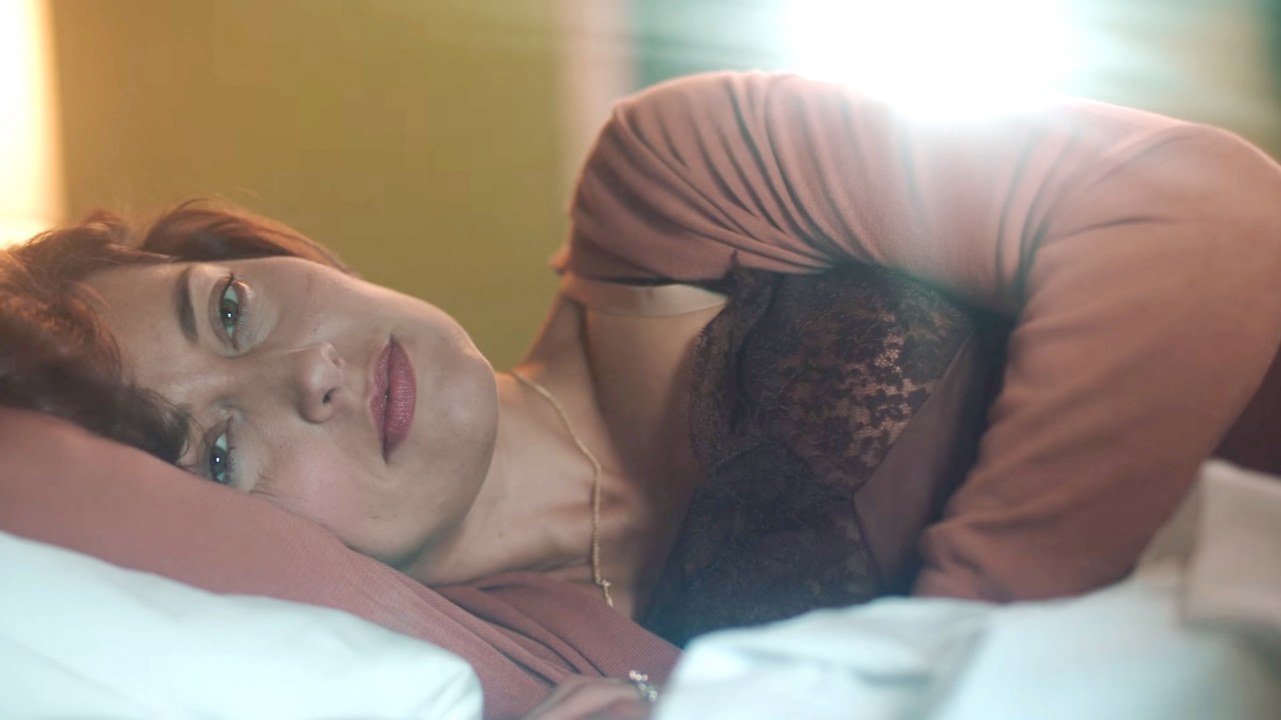
“My Eyes” is the end of Cleopatra’s story and, fittingly, it is about her death. We see a much older version of her living out her days in a nursing home, and reflecting on her life. We see what she sees; short memories of a life that she feels she never got quite right, one that hardened her and made her into who she is. Now, Cleopatra does what she always has. She leaves; standing in the doorway, the lights go out behind her and she steps into the abyss.
